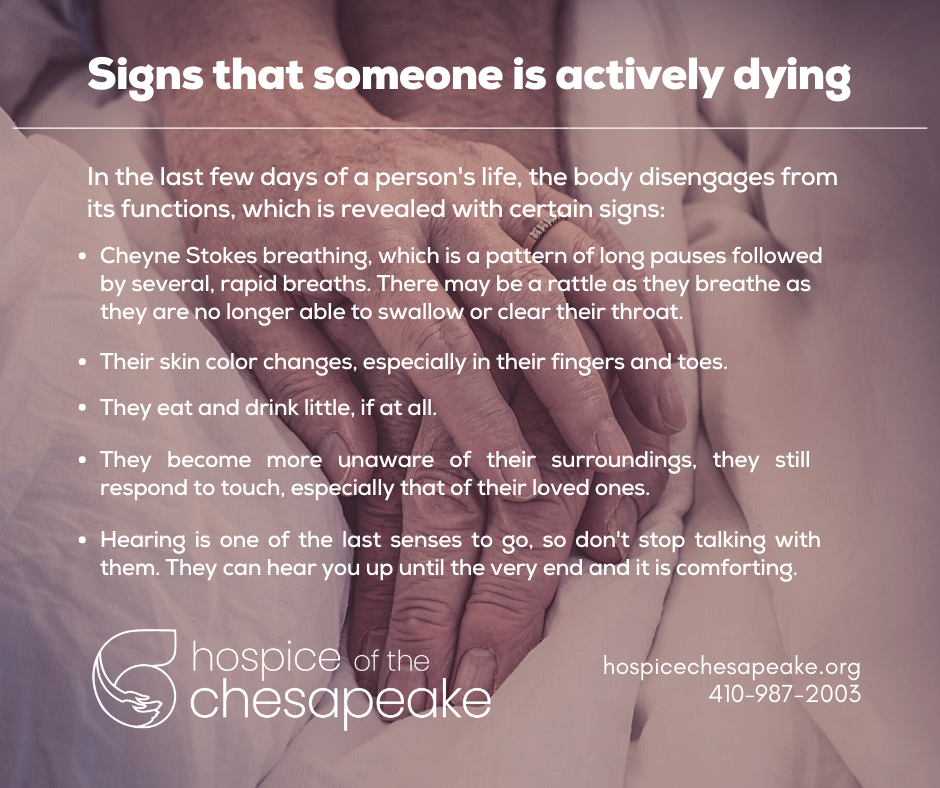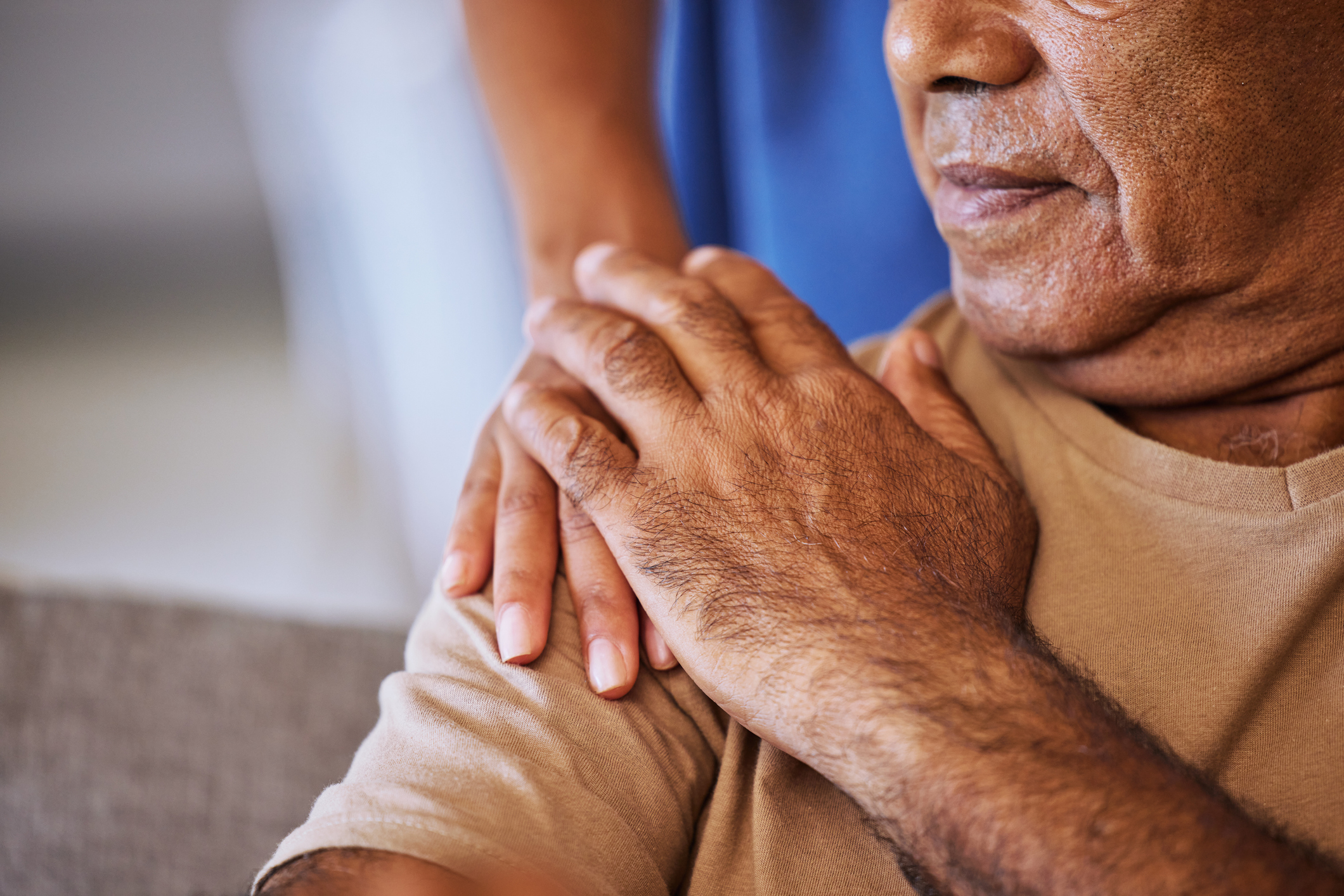Witnessing a person at the very end of their life can be a profoundly moving and, at times, perplexing experience. When someone who is dying, perhaps, lifts their arms, it can stir a lot of questions in those watching. It's a sight that can feel both mysterious and deeply personal, leaving many to wonder about the meaning behind such a gesture. People often look for comfort or a way to make sense of what they see in these tender, last moments. So, what is really going on when this happens?
This particular action, the raising of arms, seems to catch many people off guard. It's not something you typically expect, and it can, in a way, appear almost deliberate or symbolic. Understanding these movements can offer a little peace to families and caregivers, helping them to feel more connected and less bewildered during such a sensitive time.
The question of "why" is a deeply human one, you know, especially when facing something as significant as the end of a life. As a matter of fact, the very word "why" has been central to our conversations for a very long time, as seen in old forms like "for why" which people used to ask for reasons centuries ago. This long history of asking "why" shows just how much we want to understand the world around us, even its most puzzling parts.
Table of Contents
- Understanding the Final Stages of Life
- Common Physical Changes Near Death
- The Role of Comfort and Positioning
- Interpreting the Unseen: Spiritual and Symbolic Perspectives
- Supporting Those Who Are Dying
- Frequently Asked Questions
Understanding the Final Stages of Life
As a person nears the very end of their life, their body goes through a series of shifts. These shifts are a natural part of the dying process, and they can affect everything from breathing patterns to how someone moves. It's important to remember that each person's experience is unique, but there are some common threads that often appear. Knowing about these general patterns can help families and friends prepare and respond with compassion, you know.
The body's systems begin to slow down, and this can show up in many ways. Sometimes, a person might become less responsive, or their breathing could change its rhythm. These are all signs that the body is working less hard, preparing for its final rest. It's a pretty natural progression, actually, though it can be hard to see.
These physical changes are a natural part of the body's gentle shutdown. They're not always easy to witness, but understanding them can help reduce fear and bring a bit more peace to the situation. It's about recognizing the body's inherent wisdom, in a way, as it completes its journey.
Common Physical Changes Near Death
When someone is close to death, their body can show a variety of changes that might seem unusual if you haven't seen them before. These can include changes in breathing, skin color, and, yes, even involuntary movements. These movements, like arm raising, are often simply physical responses to the body's systems winding down, so it's not always a sign of distress.
It's quite common for the body to act in ways that are beyond a person's conscious control at this stage. These actions are typically not a reflection of what the person wants to do, but rather a reflection of what their body is doing as it prepares to let go. Knowing this can help you, like, understand what you're seeing.
Neurological Factors and Reflexes
One of the main reasons a dying person might raise their arms relates to how the brain and nervous system are functioning as they fade. As the body's energy levels drop, the brain might not be sending clear signals to the muscles anymore. This can lead to what are called involuntary movements or reflexes. Think of it like a system that's losing power; some parts might flicker or move unexpectedly as the power goes out.
These movements are often not deliberate actions. Instead, they are, in some respects, automatic responses that the body makes without the person intending them. They can be compared to the way a leg might jerk when a doctor taps your knee. It's just a reflex, a kind of last hurrah from the nervous system. Sometimes, a person might even seem to reach out, but it's really just the muscles reacting to the changing signals from the brain.
The brain's ability to control complex movements diminishes significantly. This means that simpler, more basic reflexes can sometimes take over. So, a movement like raising an arm could just be a very basic, inherent physical response, not a conscious decision or a message. It's a rather common occurrence, actually.
Muscle Spasms and Agitation
Sometimes, the arm raising can be part of a broader set of movements that might be described as muscle spasms or terminal agitation. This isn't always comfortable to witness, but it's important to know that it's often a physical manifestation rather than a sign of extreme pain or fear. Changes in the body's chemistry, like shifts in oxygen levels or waste products building up, can affect the muscles and nerves.
These spasms can look like jerking or twitching, and sometimes, they can cause the arms or legs to lift. It's not always a sign of distress, but rather a physical reaction to the body's changing environment. Caregivers often work to make the person as comfortable as possible during these times, perhaps by adjusting their position or ensuring their surroundings are calm. It's basically about providing gentle support.
It's also worth noting that medications given for comfort can sometimes have side effects that include involuntary movements. If a person is receiving pain relief or other comfort care, these medicines can, you know, affect the nervous system and contribute to some of these actions. It's all part of the complex process of the body shutting down.
The Role of Comfort and Positioning
Sometimes, a person might raise their arms simply because they are trying to get comfortable, even if they aren't fully aware of what they're doing. As someone gets weaker, they might shift their body in subtle ways to relieve pressure or find a more restful position. These small adjustments can sometimes look like a deliberate raising of an arm, when it's just a natural movement to ease discomfort.
Caregivers often pay close attention to a dying person's comfort. They might gently adjust pillows, blankets, or the person's body to help them relax. What looks like an arm raising could just be a response to feeling a little cramped or wanting to stretch a bit, even if it's not a conscious thought. It's a very human thing, after all, to seek comfort.
The environment also plays a part. A quiet, peaceful room, with soft lighting and gentle sounds, can help a person feel more at ease. When someone is relaxed, any movements they make might be less agitated and more subtle. It's pretty much about creating a calming space for them.
Interpreting the Unseen: Spiritual and Symbolic Perspectives
While there are clear physical explanations for why a dying person might raise their arms, for many people, these moments hold deeper meaning. It's very natural for us to look for spiritual or symbolic interpretations, especially when faced with the profound mystery of death. Some people see it as a gesture of reaching out, perhaps to loved ones who have passed on, or to a divine presence.
These spiritual interpretations can offer immense comfort to grieving families. Believing that a loved one is reaching for something beautiful or peaceful can help ease the pain of loss. It's a way of finding meaning in something that might otherwise seem purely medical or random. This perspective, you know, often comes from a place of love and hope.
Some traditions speak of "deathbed visions" where people see or interact with figures not visible to others. In these instances, raising arms might be seen as a response to such a vision, a way of embracing or greeting what they perceive. Whether one believes in these visions or not, recognizing that this is a common interpretation can help foster understanding and respect for different beliefs. It's a very personal way of understanding, really.
The human mind, in its final stages, can sometimes experience things that are beyond our ordinary comprehension. These experiences, whether they are dreams, visions, or altered states of consciousness, could certainly influence physical actions. It's like the mind is processing its last thoughts and feelings, and sometimes these thoughts express themselves through movement. This is, arguably, one of the most mysterious aspects.
Supporting Those Who Are Dying
When you are with someone who is dying, and you observe these movements, the most important thing is to focus on their comfort and dignity. While it's natural to wonder about the "why," remember that these actions are often not within their control. Your presence, your gentle touch, and your calm demeanor are what matter most.
Providing a peaceful and supportive environment can make a world of difference. This might involve keeping the room quiet, playing soft music, or simply holding their hand. It's about letting them know they are not alone and that they are loved. You can learn more about end-of-life care on our site.
If you are concerned about any movements or signs of discomfort, speaking with the hospice nurse or care team is always a good idea. They can offer insights specific to the person's condition and suggest ways to increase comfort. They are, after all, very experienced in these situations and can provide valuable support. You might also find more help by exploring resources on supporting loved ones at the end of life.
It's also okay to feel a mix of emotions when witnessing these final moments. It's a very tender time, and seeing someone you care about go through this process can be difficult. Allowing yourself to feel those emotions, and seeking support for yourself, is just as important.
Frequently Asked Questions
Why do dying people twitch?
Twitching in dying people, or myoclonus, is often a neurological response as the body's systems slow down. It can be caused by changes in brain activity, imbalances in body chemistry, or sometimes by medications given for comfort. It's typically an involuntary movement, not a sign of pain, so.
What are the signs of approaching death?
Signs that someone is nearing death can include changes in breathing patterns, cooler skin, decreased appetite and thirst, increased sleepiness, and changes in consciousness. They might also have mottled skin, especially on the extremities, and sometimes, you know, involuntary movements.
Do dying people see things?
Many people at the end of their lives report seeing or hearing things that others do not, often referred to as deathbed visions. These experiences can be very real to the dying person and are often described as comforting, involving deceased loved ones or spiritual figures. It's a rather common occurrence, apparently.



